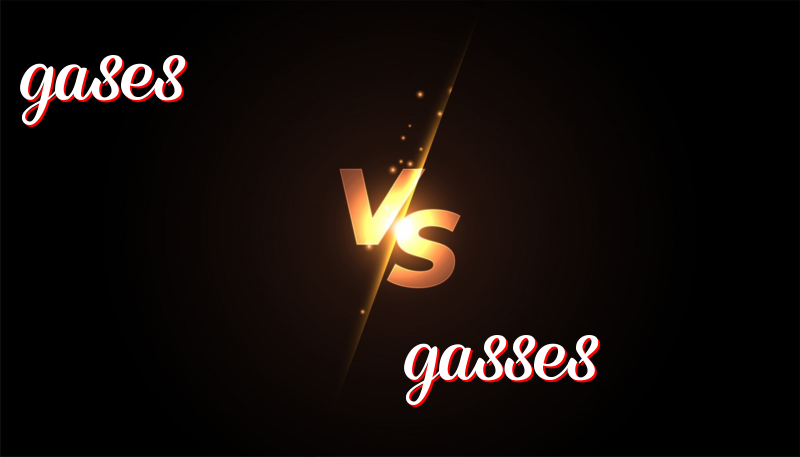Understanding the Difference Between Gases and Gasses
Understanding the Difference: Gases vs. Gasses
The English language is full of words that look and sound similar, but they can mean different things. Two such words are “gases” and “gasses.” Let’s explore what each word means, their history, how to use them, and a simple trick to remember the difference.
History of the Words
Gases: This term comes from the word “gas,” meaning air-like substances. It first started in the 17th century. A gas is what fills up a balloon or comes out of a soda can.
Gasses: This word comes from the action of “gassing,” which means to fill or treat with gas. It is simply the verb form when something is being gassed.
How to Use Them
Gases: This is a noun, used for many gas substances.
- The scientist studied different gases.
- The gases in the air help us breathe.
- Hot air balloons rise because of gases.
- Certain gases are only found in space.
- Mixing gases can create new smells.
Gasses: This is a verb, used when talking about the act of using or releasing gas.
- The factory gasses the strawberries to keep them fresh.
- Mom always gasses up the car on Mondays.
- Sometimes, old stoves accidentally gasses houses.
- The restaurant gasses the beer for a fizzy drink.
- He gasses the greenhouse to protect the plants.
Trick to Remember the Difference
To remember the difference, think of “gasses” (with a double ‘s’) like glasses, which people wear on their eyes and can sometimes be filled with air. So, gasses is about the action. Then, “gases” is just like it is — the things in the air or space, many kinds of gas.
Summary
In short, use “gases” when you are talking about different types or kinds of gas. Use “gasses” when you are describing something involving the action of using or treating with gas.
Remember the trick, and these words will be easy to use correctly!

Leave a Reply
You must be logged in to post a comment.